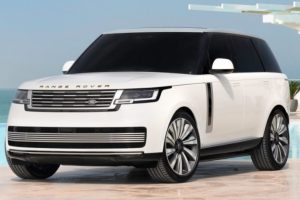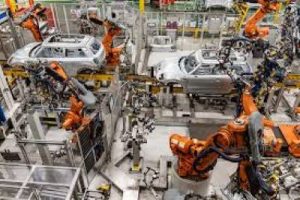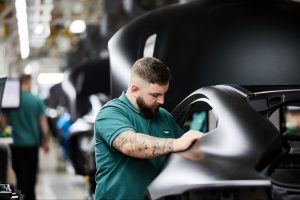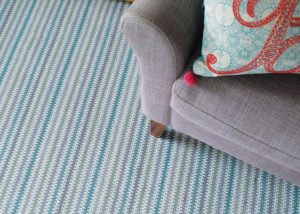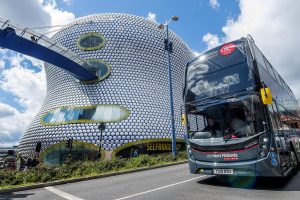JLR partnership gives I-PACE batteries a second-life

Jaguar’s engineering team has been working with Pramac, to develop a zero-emission energy storage unit powered by second-life Jaguar I-PACE batteries.
Called the ‘Off Grid Battery Energy Storage System’ (ESS) Pramac’s technology, supplies zero-emission power where access to the mains supply is limited or unavailable.
The technology, which features lithium-ion cells from one-and-a-half second-life Jaguar I-PACE batteries, has helped Jaguar TCS Racing prepare for the 2022 ABB FIA Formula E World Championship during testing in the UK and Spain.
It has been used to run the team’s diagnostic equipment, analyse the cars’ track performance and supply auxiliary power to the Jaguar pit garage.
Andrew Whitworth, the battery manager in the circular economy team at JLR said: “This announcement is a great example of how we will collaborate with industry leaders to deliver our sustainable future and achieve a truly circular economy.
“We’re delighted to be working with Pramac to use Jaguar I-PACE second-life batteries to provide portable zero-emissions power and supporting Jaguar TCS Racing this season was an excellent opportunity to demonstrate what these units are capable of.”
Danny Jones, the director of Pramac said: “We have been privileged to work so closely with Jaguar Land Rover who are a hugely supportive partner in our journey to successfully build a robust product and a commercially viable business case using second-life EV modules.
“This brings a new element to the sustainability story as a manufacturer of energy-efficient and carbon-reducing technology. We look forward to continuing the journey with Jaguar Land Rover and providing innovative charging infrastructure solutions to support the electrification of their class-leading vehicles.”
The flagship ESS system has a capacity of 125kWh, which is more than enough to fully charge Jaguar’s all-electric I-PACE performance SUV or to power a regular family home for a week.
Charged from solar panels, the unit consists of a battery system linked to a bi-directional converter and the associated control management systems.
Available for commercial hire, the units are fitted with Type 2 Electric Vehicle (EV) charge connections with dynamic control and rated at up to 22kW AC to allow electric vehicle charging.
Finding a second life for batteries following their removal from vehicles can avoid premature recycling and help create a secure supply of rate materials. Once the battery does finally come to the end of its usable life, it is 95 per cent recyclable.
As well as collaborating with Pramac, Jaguar TCS Racing has committed its long-term future to the Gen3 era of Formula E. The team will further help Jaguar Land Rover develop new sustainable technologies, set new benchmarks in quality with its partners and support Jaguar’s renaissance as an all-electric luxury brand from 2025.


